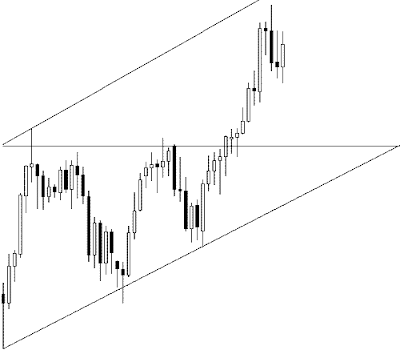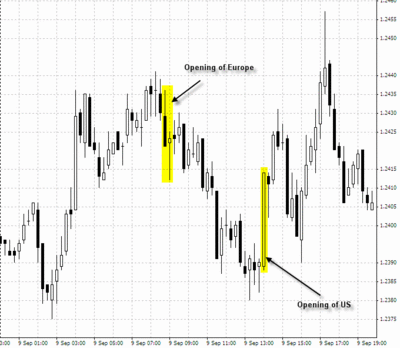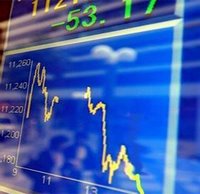
Here is the latest addition to our articles section.
10 ESSENTIAL TIPS FOR NOVICE FOREX TRADERS
If you are new to the world of online FOREX trading you will realise its not as simple as people make out to be or what the ever so promising Forex Brokers promise.
The fact is most people who dont know the in and out of online forex trading will lose and lose quickly.
To win at currency trading online you need to have the right FOREX strategy - Here are 10 tips and if you incorporate them in your trading strategies, you should get a head start in your thirst for consistent FX profits
1. Don't believe the hype
You will see lots of people selling forex ebooks for "only" $100 which promises to make you strike gold in the world of online forex trading. Yes , their is good advice out there - you can get all the information you need free on the internet.
2. Don't day trade
The biggest myth of FOREX trading is you can make money FOREX day trading or Forex Scalping.
You can't!
Many novice traders fall for this myth and lose quickly and wonder why.
As I always say All short term volatility is random and there is no way of predicting where prices may go" up or down", so you might as well flip a coin.
For more on Forex Scalping , read this Article
If you want proof that FOREX day trading systems don't work, ask any vendor for a real time profits track record over the long term and you will not be able to fine one.
3. Work smart not hard
There is a lot of difference in hard work and smart work.You don'thave to work hard in online FOREX Trading, you need to work smart. This means focusing on getting the RIGHT FOREX education and learning and understanding the FOREX tools that actually work in the market not just hypothetically . If you focus on getting the right Forex information, you should be able to learn how to trade in a fortnight.
You will not be rewarded in FOREX trading market for working hard and spending lot of time, you get rewarded for being right and that means working smart.
4. Risk = Reward
If you don't like the idea of risk forget currency trading and pick up something else .
Many traders simply want to avoid as much risk as they can, putting stops to close, or snatching profits. If that's you - you will NEVER achieve currency trading success.
You need to be open minded and accept risk and losses to succeed in online FOREX Trading.
This is because to be a successful Forex trader, you need to be a enterpreneur and have to take risk, not avoid it. No Risk, no reward!
5. Do It on your own
Have confidence in your ability to understand the Forex Market. You are responsible for your own success.
If you follow someone else's strategy you will not have the right mindset to succeed. If you lack discipline and might want to quit after suffering a few losses. Do it on your own and your chances of success are manifolded.
6. Get a simple method
Simple methods always fare better than complicated ones, as they are much more easier to understand and follow.
There is never a correlation between how complicated a trading system is and how much profit it will make.
If you are just starting out in online forex trading, use support and resistance, a breakout methodology and some confirming indicators and that's just about it.
The above way of trading is perfect and will help you should get you the big profits from the big moves.
7. Trade Breakouts
A timeless way to trade FOREX markets.
It works well and will continue to work, simply look in our ebooks section for this powerful methodology.
8. Be patient
You do not get rewarded for how frequently you trade FOREX online- However, You do get rewarded for being quick on your feet and spotting and acting on the best trades and these don't come around very often.
Be patient and only trade FOREX signals from your system - don't be tempted to just trade for the sake of trading Forex.
9. Be realistic
There is potential for huge money in Forex Market, so what's realistic? The best Forex traders compound around 50 - 100% annualy so this is a good number to aim for or may be slightly lower.
These gains will compound quickly and build real wealth in the longer term.
Be realistic and don't try to become an overnight millionaire.
10. Know your edge
If you were good enough to understand the 9 forex tips mentioned above, you will understand that you must have an edge to make money in the long run in online FOREX market.
If after , devising your very own Online FOREX Trading strategy you don't know what your edge is - then you don't have one!
You need to know what your edge is over the majority of the losing traders to win in the Online Forex market.
Final words
If you incorporate the above 10 Forex tips in to your online FOREX Trading plan, You should be on your way to become a good Forex Trader.
Welcome to the world of Online FOREX trading! and Best of Luck!
You might like to read other articles in our Forex Articles section or download one of the huge number of forex ebooks in our Forex Ebooks section.





















